Best High-Protein Dog Food
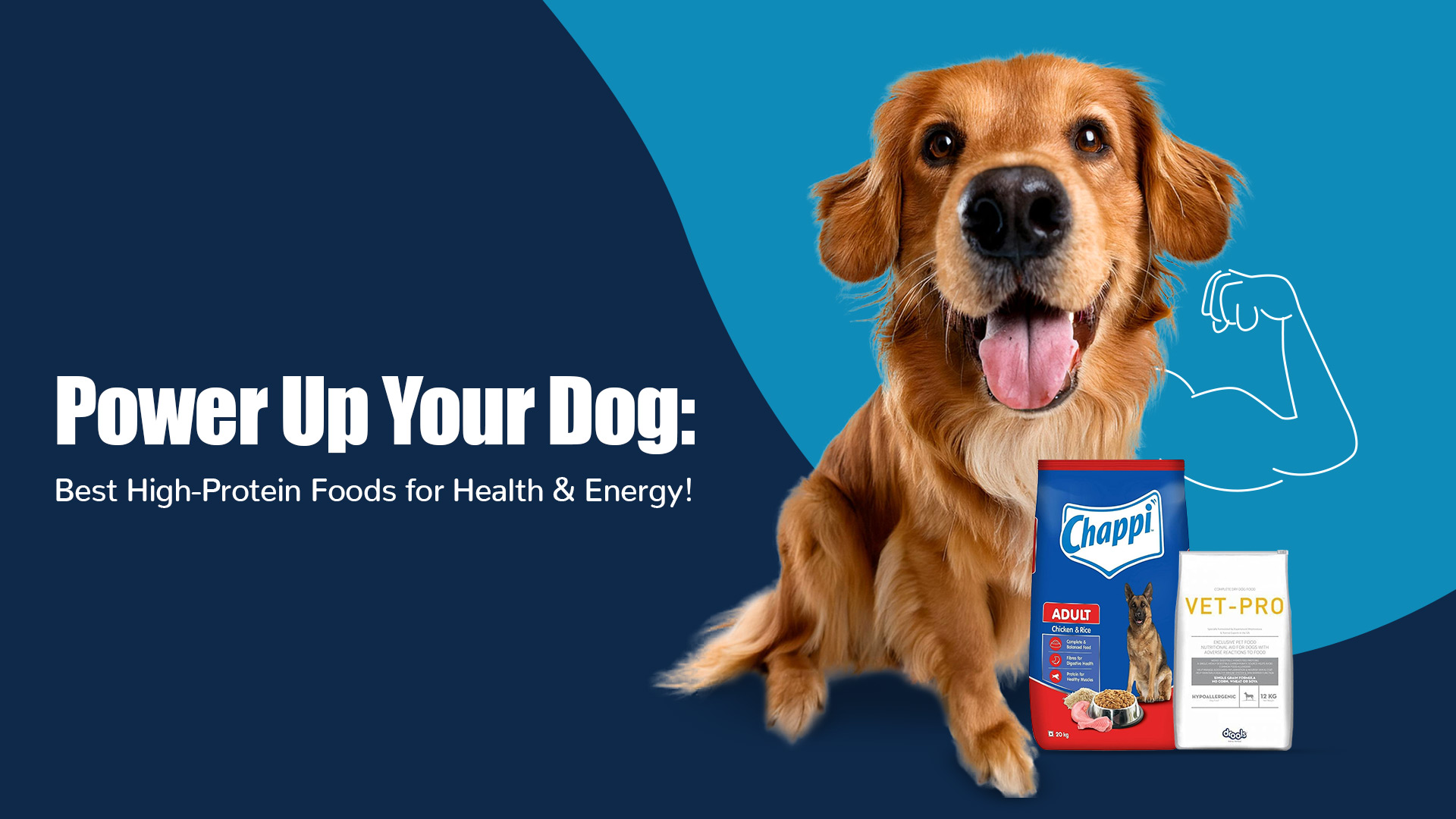
Providing your dog with the right nutrition is essential for their health and vitality. High-protein dog food is an excellent choice for many dogs, offering numerous benefits from muscle development to improved energy levels. In this guide, we’ll explore what makes high-protein dog food beneficial, how to choose the best options, and even provide tips for those interested in homemade high-protein meals.
What to Know About High-Protein Dog Food
Understanding what high-protein dog food is and why it may benefit your pet is the first step in making an informed decision.
What is High-Protein Dog Food?
High-protein dog food contains a higher percentage of protein compared to standard dog food. Typically, these foods are made with quality animal proteins such as chicken, beef, fish, or lamb. Protein content in high-protein dog foods usually ranges from 30% to 40% of the ingredients, making it suitable for dogs requiring more protein due to their activity levels, age, or breed.
Why Choose High-Protein Dog Food for Your Pet?
There are several reasons why you might opt for high-protein dog food. Active dogs, working dogs, puppies, and seniors often benefit from the increased protein content. Protein is crucial for muscle development, tissue repair, and maintaining a healthy coat and skin. Additionally, it helps sustain energy levels, making it ideal for dogs that need to stay active throughout the day.
Benefits of High-Protein Dog Food
Feeding your dog a high-protein diet can offer several health benefits, especially if your dog has specific nutritional needs.
Muscle Development and Maintenance
Protein is the building block of muscles. High-protein dog food supports muscle development and maintenance, making it particularly beneficial for growing puppies, active dogs, and those recovering from injury. Consistent intake of quality protein helps maintain lean muscle mass, which is crucial for overall strength and mobility.
Enhanced Energy Levels
Dogs that are highly active or involved in work such as herding, hunting, or agility training require sustained energy. High-protein dog food provides the necessary fuel to keep these dogs energetic and focused throughout the day. The increased protein content helps in quicker recovery after physical exertion, ensuring your dog stays active and healthy.
Improved Skin and Coat Health
A shiny coat and healthy skin are indicators of good nutrition. High-protein dog food often contains essential fatty acids and amino acids that contribute to skin health and a glossy coat. These nutrients help reduce shedding, dry skin, and other dermatological issues, keeping your dog’s coat in top condition.

Choosing the Best High-Protein Dog Food
Selecting the right high-protein dog food requires careful consideration of ingredients and an understanding of what to look for on food labels.
Key Ingredients to Look For
When choosing high-protein dog food, look for the following key ingredients:
- Quality Animal Proteins: Ensure the primary protein source is from real meat like chicken, beef, or fish, rather than by-products or offals.
- Amino Acids: Essential amino acids like taurine and methionine should be present, as they support heart and muscle health.
- Whole Grains or Vegetables: These should accompany the protein to provide balanced nutrition unless your dog requires a grain-free diet.
- Healthy Fats: Ingredients like fish oil or flaxseed are rich in omega-3 and omega-6 fatty acids, promoting healthy skin and coat.
How to Read Dog Food Labels for Protein Content
Understanding dog food labels is crucial for selecting a high-protein diet:
- Guaranteed Analysis: Check the protein percentage under the "Guaranteed Analysis" section. A high-protein food will typically have a protein content of 30% or more.
- Ingredient List: Ingredients are listed in order of weight. Look for whole proteins like chicken or beef as the first ingredient, rather than fillers or by-products.
- Protein Source Quality: Ensure the protein sources are identified. Terms like "chicken meal" or "salmon" are preferable over vague terms like "meat meal."
Top Brands for High-Protein Dog Food
Choosing a reputable brand ensures that your dog is getting high-quality protein and balanced nutrition.
Best High-Protein Dog Food Brands
Some top-rated high-protein dog food brands include:
High-Quality and Reliable Options
If you're looking for quality on a budget, consider these reliable options:
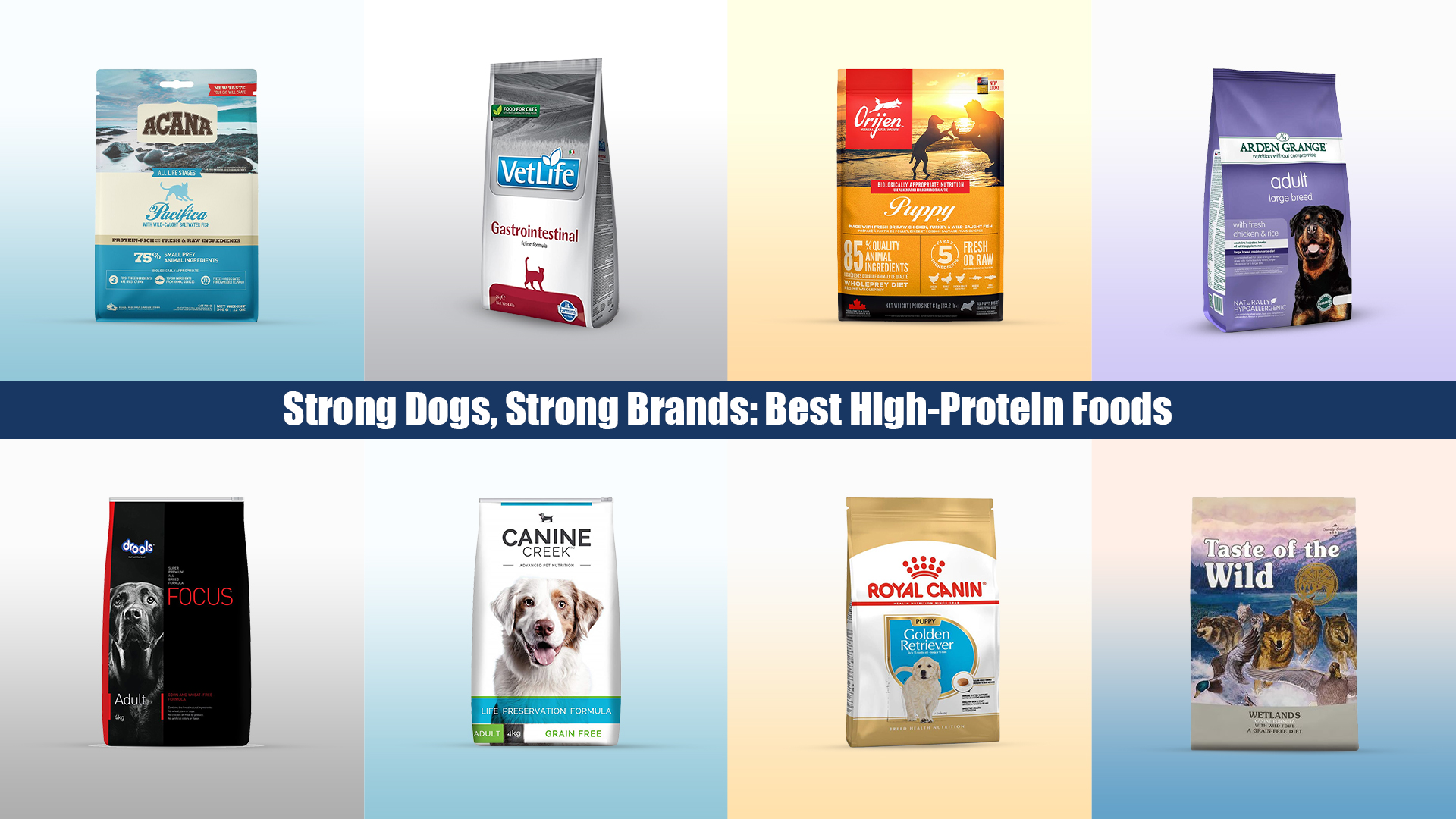
High-Protein Dog Food for Specific Needs
Different life stages and activity levels require tailored nutrition. High-protein dog food can be particularly beneficial for certain groups.
For Puppies and Growing Dogs
Puppies need high protein levels to support rapid growth and development. Look for puppy-specific high-protein foods that are fortified with DHA for brain development and calcium for bone health.
For Active and Working Dogs
Active and working dogs burn more calories and need sustained energy. High-protein dog food provides the fuel these dogs need to maintain their endurance and recover quickly after strenuous activity.
For Senior Dogs
As dogs age, they may experience muscle loss and reduced activity levels. High-protein dog food can help maintain muscle mass and support overall health, though it’s important to choose a formula that is easy to digest and lower in calories to prevent weight gain.
Homemade High-Protein Dog Food Options
For those who prefer a hands-on approach to their dog’s diet, homemade high-protein meals can be a healthy and satisfying option.
Benefits of Homemade High-Protein Diets
Creating homemade high-protein dog food allows you to control the quality of ingredients and tailor the diet to your dog’s specific needs. This can especially benefit dogs with food sensitivities or specific health concerns.
Recipes and Tips for High-Protein Meals
Here are a few simple recipes to get started:
- Chicken and Quinoa: Cooked chicken breast mixed with quinoa, carrots, and spinach provides a balanced high-protein meal.
- Beef and Sweet Potato: Lean ground beef combined with steamed sweet potatoes and green beans offers a nutrient-rich, high-protein dish.
- Fish and Brown Rice: Salmon or white fish paired with brown rice and peas creates a meal rich in omega-3 fatty acids and protein.
Always consult with Zigly veterinarian before switching to a homemade diet to ensure it meets your dog’s nutritional needs.
Frequently Asked Questions (FAQs)
To further assist in understanding high-protein dog food, here are answers to some common questions.
1. How much protein does my dog need?
The amount of protein your dog needs depends on their age, size, activity level, and health condition. Generally, adult dogs need at least 18% protein in their diet, while puppies and active dogs may require 22% or more.
2. Can too much protein be harmful to my dog?
While protein is essential, too much can be harmful, particularly for dogs with kidney issues. Excess protein can strain the kidneys, so it's important to balance your dog's diet and not exceed recommended levels without veterinary advice.
3. What are the signs that my dog needs more protein?
Signs that your dog may need more protein include a dull coat, muscle loss, lethargy, and slow recovery from injury or illness. If you notice these signs, consult your veterinarian to assess your dog’s diet and protein levels.
4. How do I transition my dog to high-protein food?
Transitioning to high-protein dog food should be done gradually to avoid digestive upset. Start by mixing a small amount of the new dog food with your dog’s current food, gradually increasing the proportion of the new food over 7-10 days.
High-protein dog food offers numerous benefits for dogs of all life stages, particularly those with higher activity levels or specific health needs. By choosing quality ingredients, understanding how to read labels, and considering your dog’s unique requirements, you can ensure they receive the optimal nutrition for a happy, healthy life. Whether you opt for commercial brands or homemade options, the key is to provide balanced, high-protein meals that support your dog’s overall well-being.








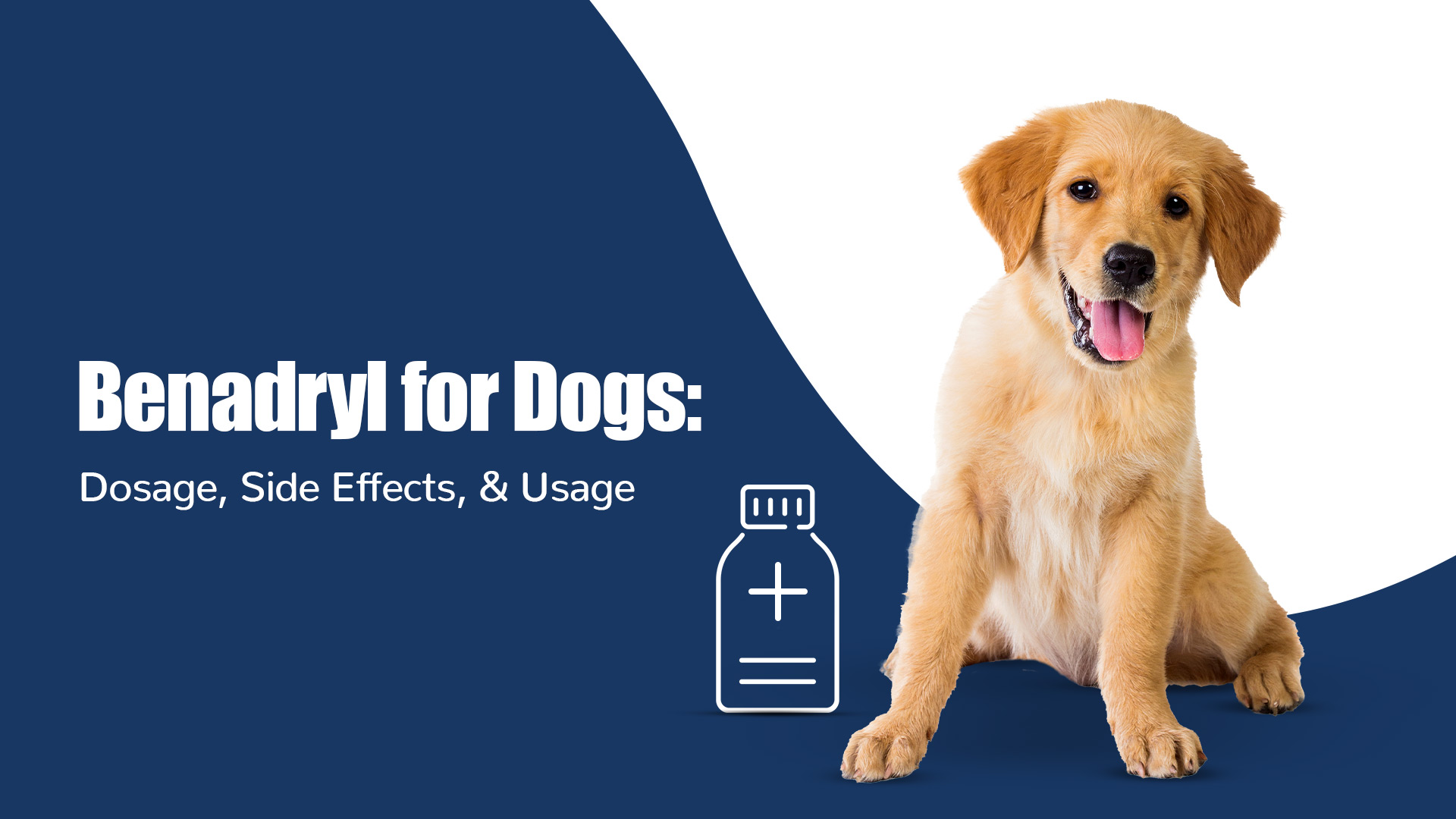
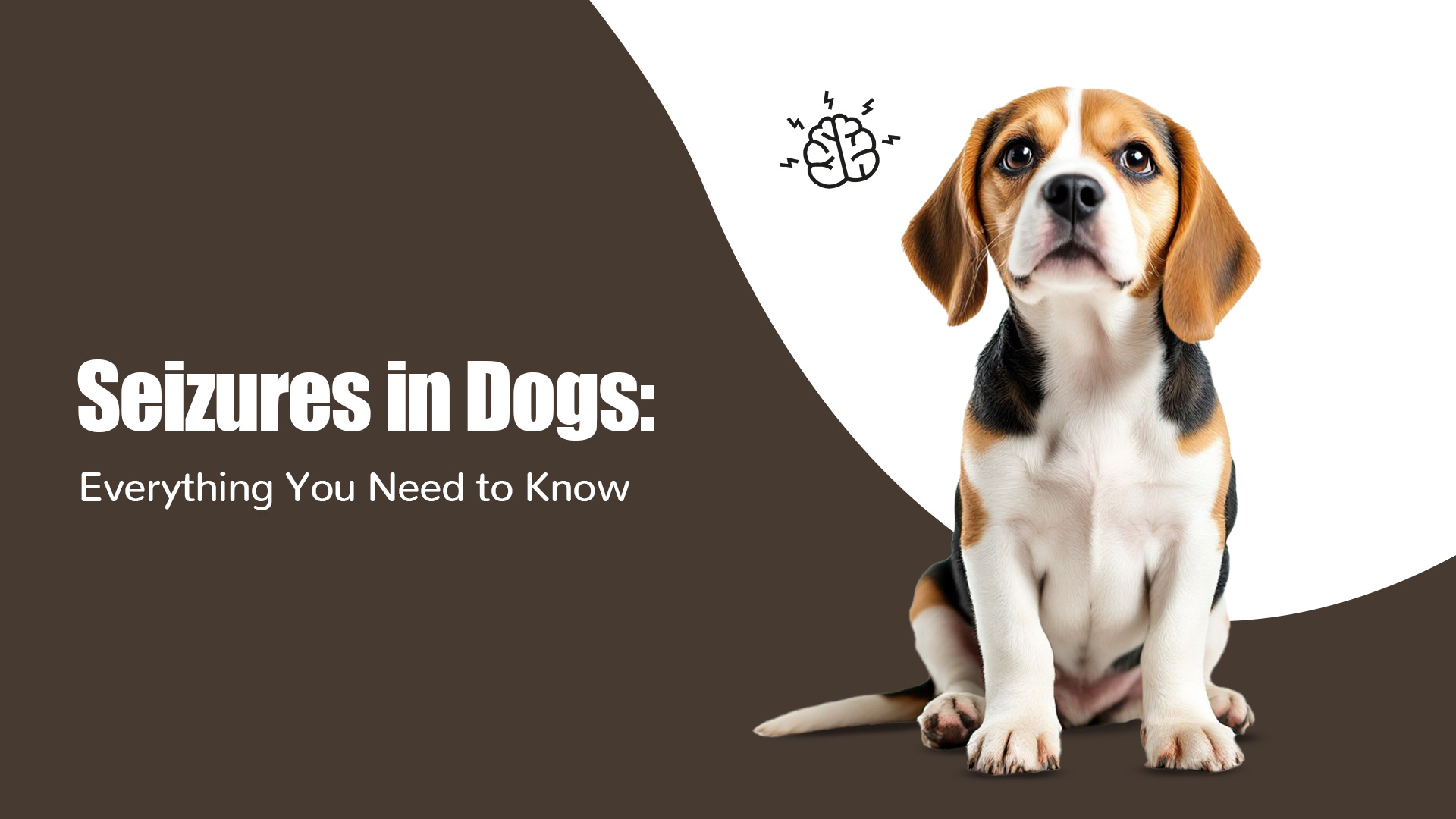
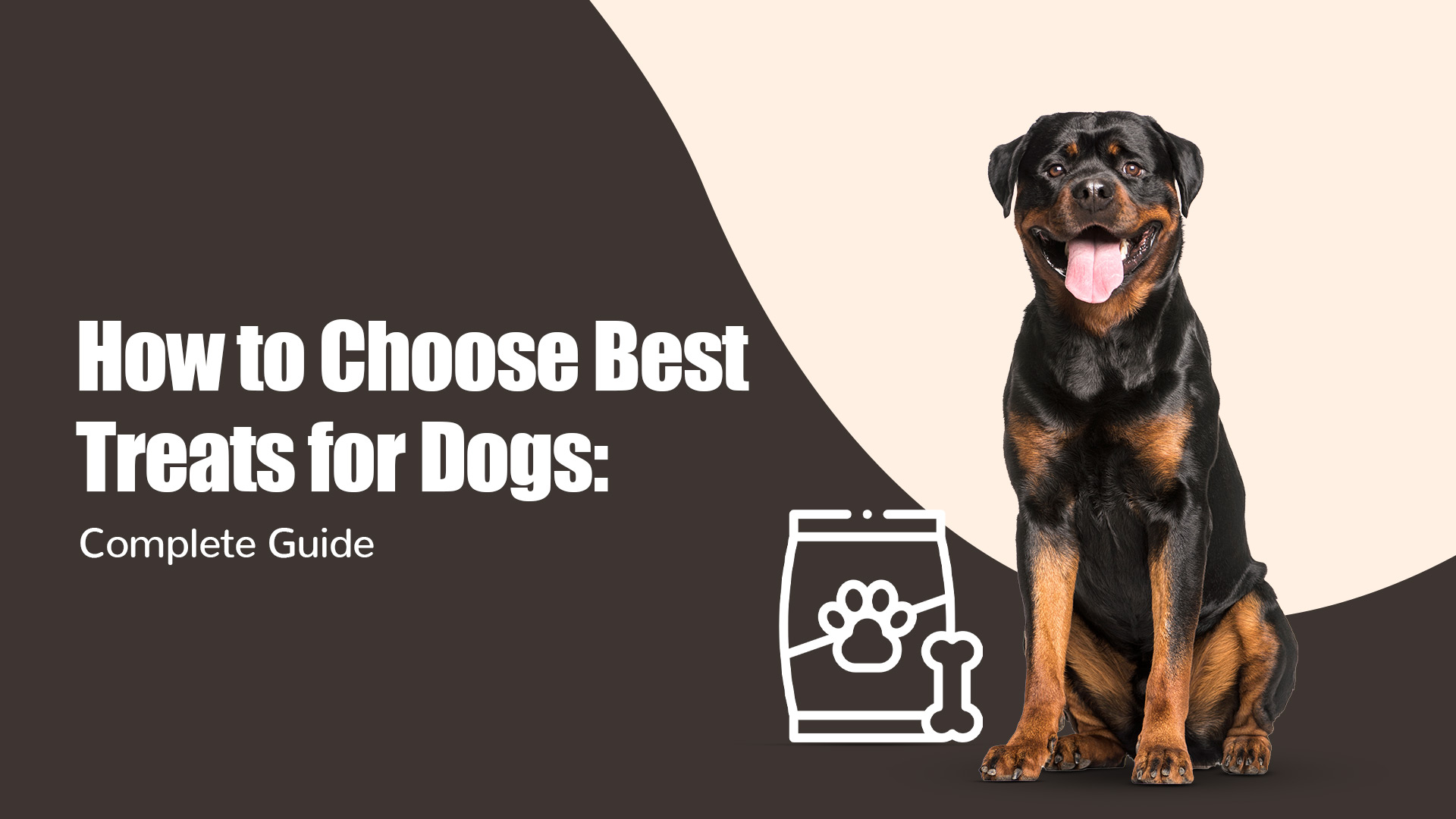
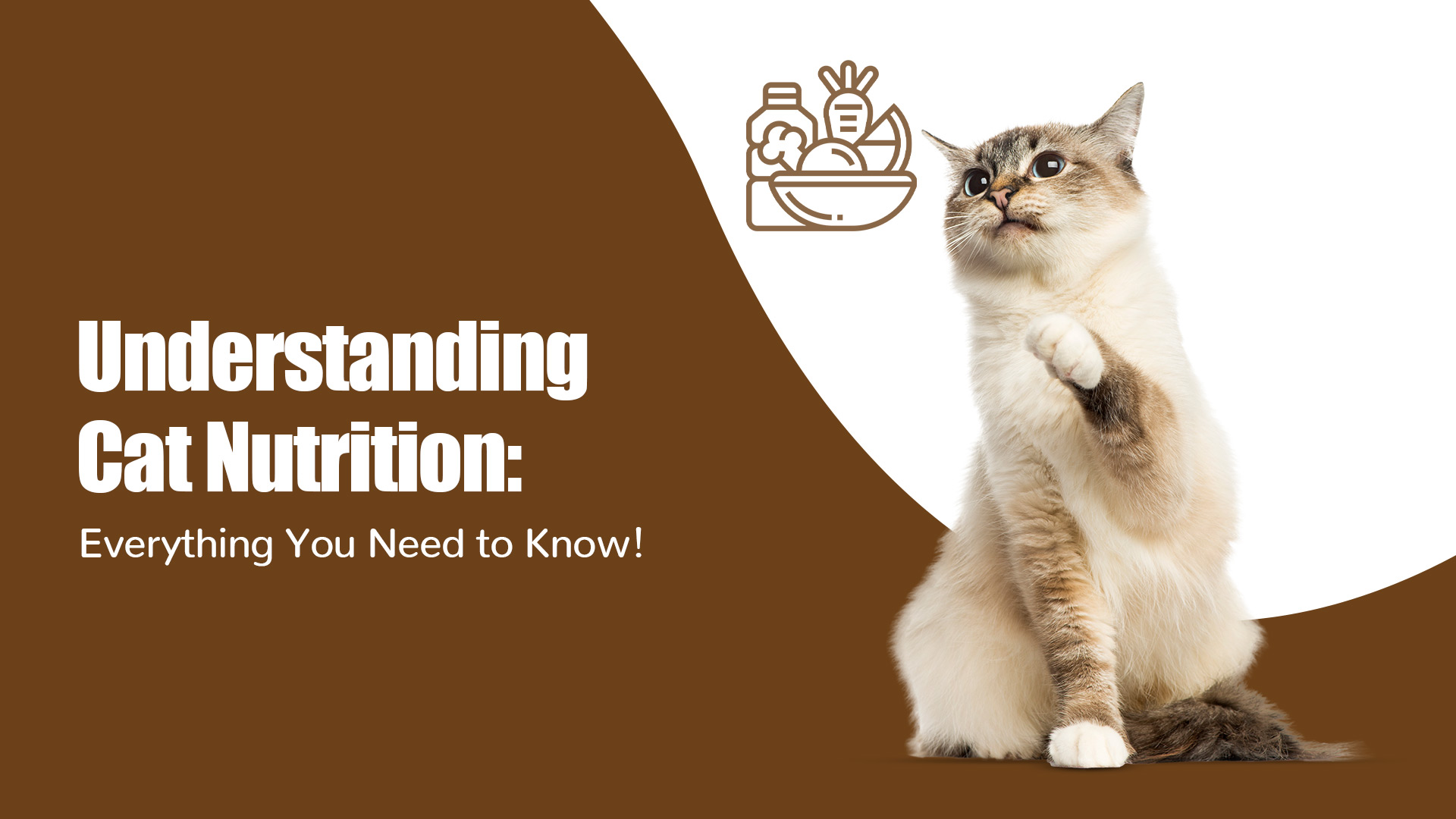
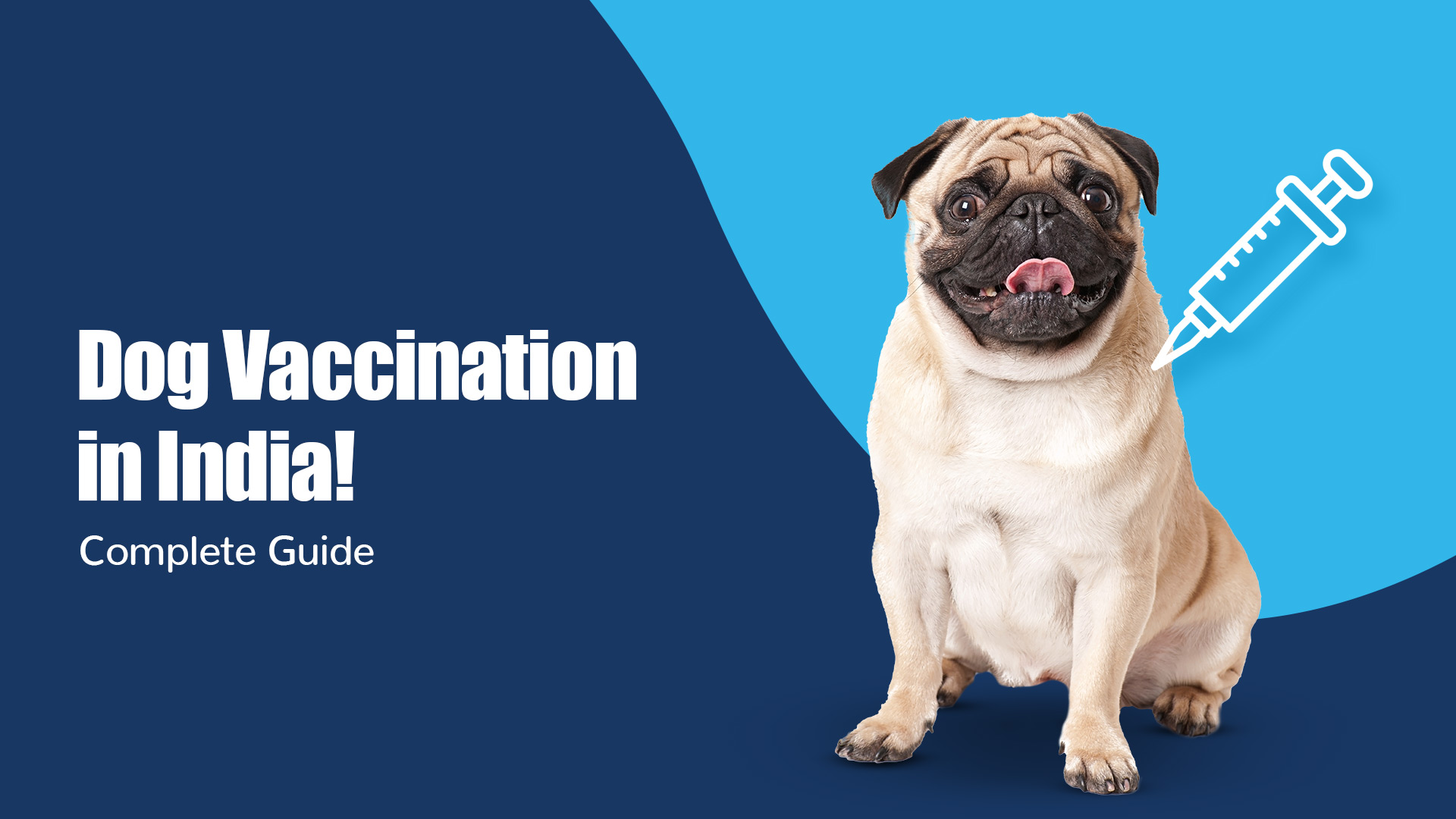





The information below is required for social login
Create New Account